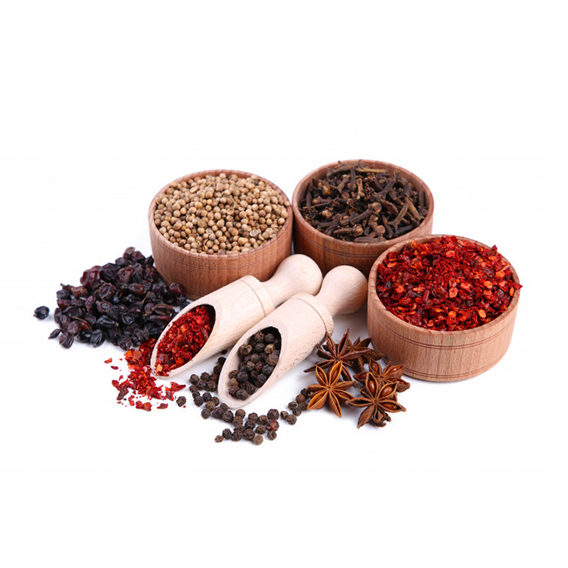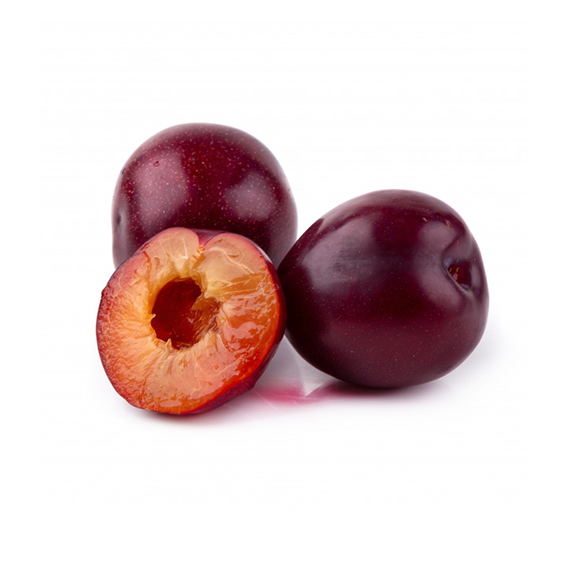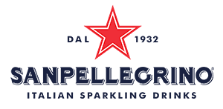An artificial cross of undisclosed parents, the Dunkelfelder was bred by Gustav Adolf Fröhlich (1847–1912), a private hybridizer in Edenkoben in the Rhine Palatinate (D). DNA refutes the Blauer Portugieser × Teinturier hypothesis. Its name was given to it in the 1970s in reference to its unknown origin and color (Felder = field and dunkel = dark). Early, with red juice, it is sensitive to powdery mildew. It is cultivated in Switzerland mainly to improve the color of the assemblages.
Information
Aroma Potential
Gives a full-bodied wine, rich in tannins, often with good acidity, dark red in color with purple reflections.Dunkelfelder can be very useful to bring color to deficit wines which explains why it is generally vinified in a mixture with other grape varieties or only then used as a coupage wine.










